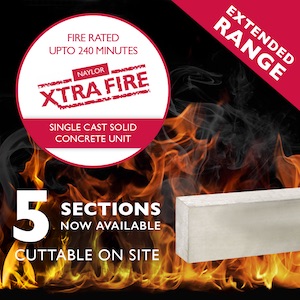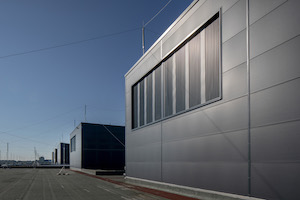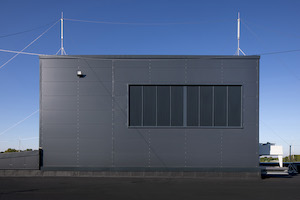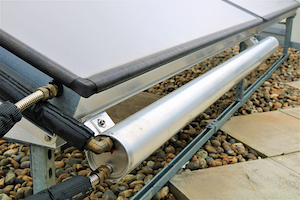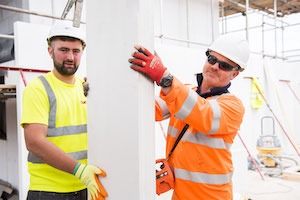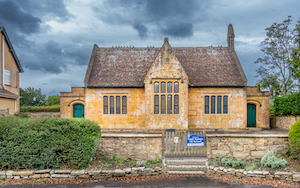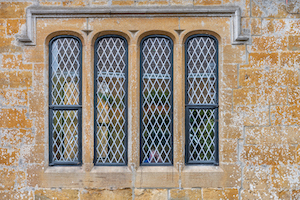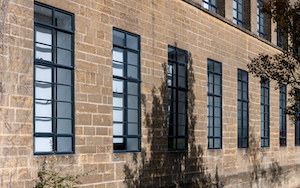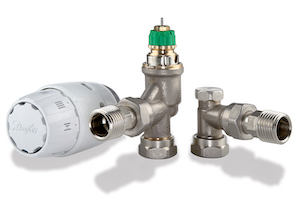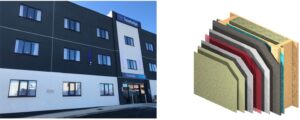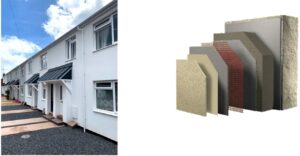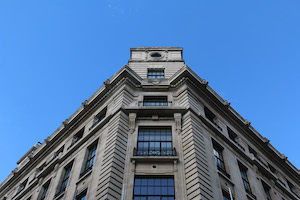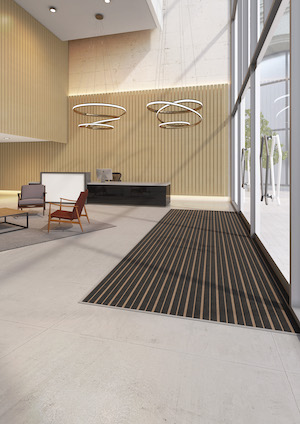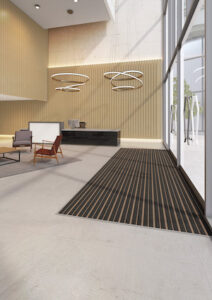View the Eurocell entry on BPindex
Visit the Eurocell website

Eurocell’s Logik PVC-U window solution has been specified across a number of schemes being developed by student accommodation provider, Study Inn. As an aesthetically pleasing and high performing alternative to aluminium frames, Logik is also delivering sustainability and cost efficiency benefits.
Summary
- Over 3,500 Logik windows specified across five refurbishment and conversion schemes
- Tangible cost efficiencies using PVC-U alternative compared to aluminium specification
- Fit for purpose, stylish and Logik PVC-U windows delivering strong thermal performance
- Greener product choice using PVC-U profile that is sustainably manufactured

Study Inn specialises in the development and design of high-quality student accommodation projects, creating the living spaces that students want to live in at locations that suit them.
Doncaster-based window system designer and installer, Nu Openings Ltd has been working with Study Inn on a series of building refurbishments and conversions that have transformed existing office spaces into attractive, highly specified student accommodation solutions in Nottingham, Exeter, and Loughborough, with new developments currently underway in Leeds.
The right solution
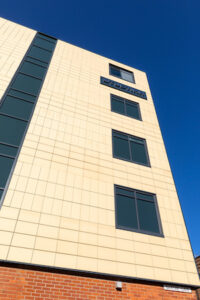
Central to the service Nu Openings offers is its long-term commercial relationship with Eurocell which has been in place for the past decade. With strong knowledge of the performance, aesthetic, and sustainability merits of the Logik window solution, Nu Openings had no hesitation in recommending its specification for the exciting Study Inn schemes.
Gary Driscoll, Sales & Commercial Director at Eurocell, commented: “As a national business, Eurocell can ensure product supply, which helps with planning and timescales. We also work with a UK-wide network of fabricators, so can provide access to conveniently located resources close to the development sites. This has ensured operational efficiencies are maximised as the schemes have progressed.”
Steve Carvell, Managing Director for Nu Openings, added: “We have a long-term working relationship with Eurocell and have used many solutions from its extensive product range over the years. They are specified widely in the commercial market and once we were approached to become involved in supporting the build ambitions of the Study Inn projects, we recognised that Eurocell’s Logik PVC-U windows would be ideal for a number of reasons.”

Many architects specify commercial work for student accommodation schemes in aluminium when it comes to the window solutions. This tendency is something Steve and the Nu Openings team worked hard to reverse for the Study Inn schemes. He continues: “We do come across initial concerns from architects and specifiers who opt to choose aluminium for the window frames. However, thanks to our knowledge of the Eurocell solution we strongly advocate the range of benefits clients can access if they convert to a PVC-U alternative. It is fit for purpose, looks stylish, delivers strong thermal performance, and provides the finish they are seeking, whilst the client can also enjoy tangible cost efficiencies when compared to aluminium specification.”
Over 3,500 Eurocell Logik PVC-U windows have now been specified across the five Study Inn refurbishment and conversion schemes and Eurocell’s ability to assist with good lead supply times is helpful in keeping the construction timetables on track.
Leading the way
With sustainability credentials now an increasingly key factor in building material specification, Eurocell’s commitment to delivering product solutions that support a greener future resonates with clients such as Nu Openings and Study Inn.
Thanks to a market-leading recycling operation that enables the company to transform old plastic window and door frame waste into new PVC-U extrusions for the manufacture of attractive and sustainable products, clients who specify a PVC-U product from Eurocell can feel confident about its sustainable approach.
Steve Carvell concludes: “We continue to enjoy an effective collaboration with Eurocell and the success of the student accommodation schemes for Study Inn is an example of the strength of the ongoing partnership within the student accommodation build sector. Aside from the aesthetic, thermal, sustainability, and cost benefits that products such as the Logik window delivers, we also value the all-round support and technical expertise we can call upon from Eurocell when required.”
For more information about Eurocell please visit www.Eurocell.co.uk or call the team on 03301 737 159
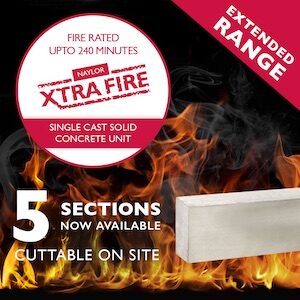 Designed for use in applications requiring high levels of fire resistance, XtraFire lintels are independently fire tested by Warringtonfire and load tested by Lucideon. Products can be supplied with a fire resistance rating of up to R240, providing up to 240 minutes of fire resistance, and can be cut on site with no impact on fire or load ratings.
Designed for use in applications requiring high levels of fire resistance, XtraFire lintels are independently fire tested by Warringtonfire and load tested by Lucideon. Products can be supplied with a fire resistance rating of up to R240, providing up to 240 minutes of fire resistance, and can be cut on site with no impact on fire or load ratings.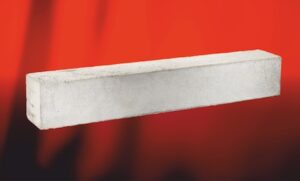 For more information and a list of stockists, visit the new Naylor Concrete website at www.naylorlintels.co.uk
For more information and a list of stockists, visit the new Naylor Concrete website at www.naylorlintels.co.uk
